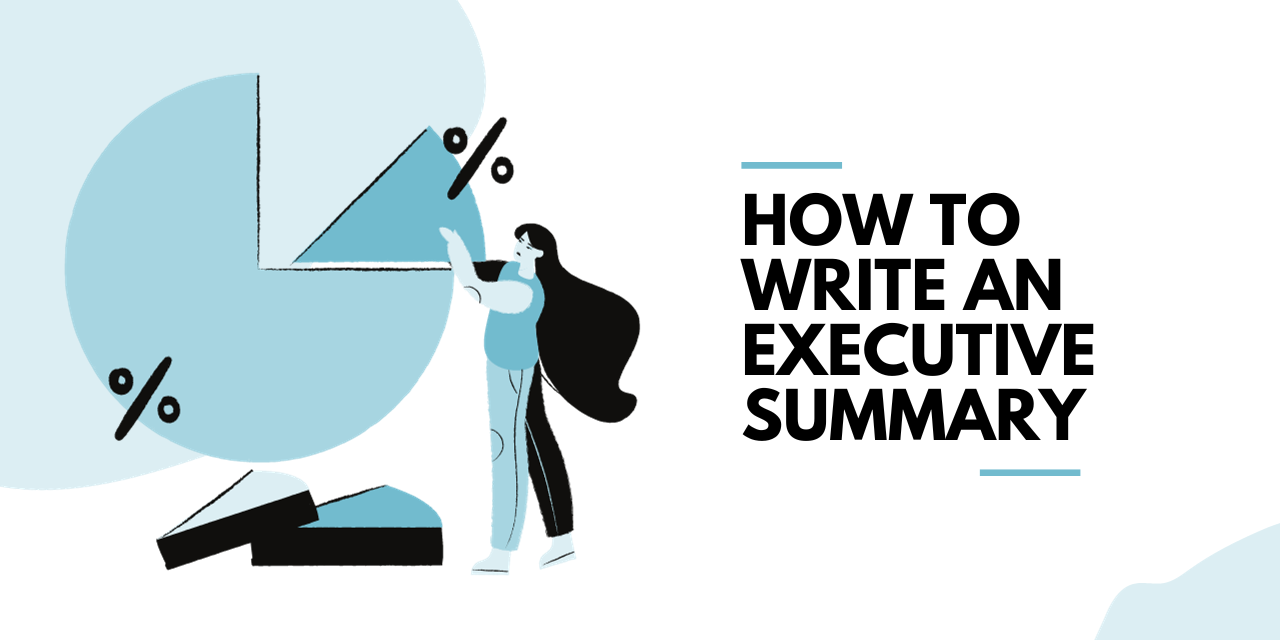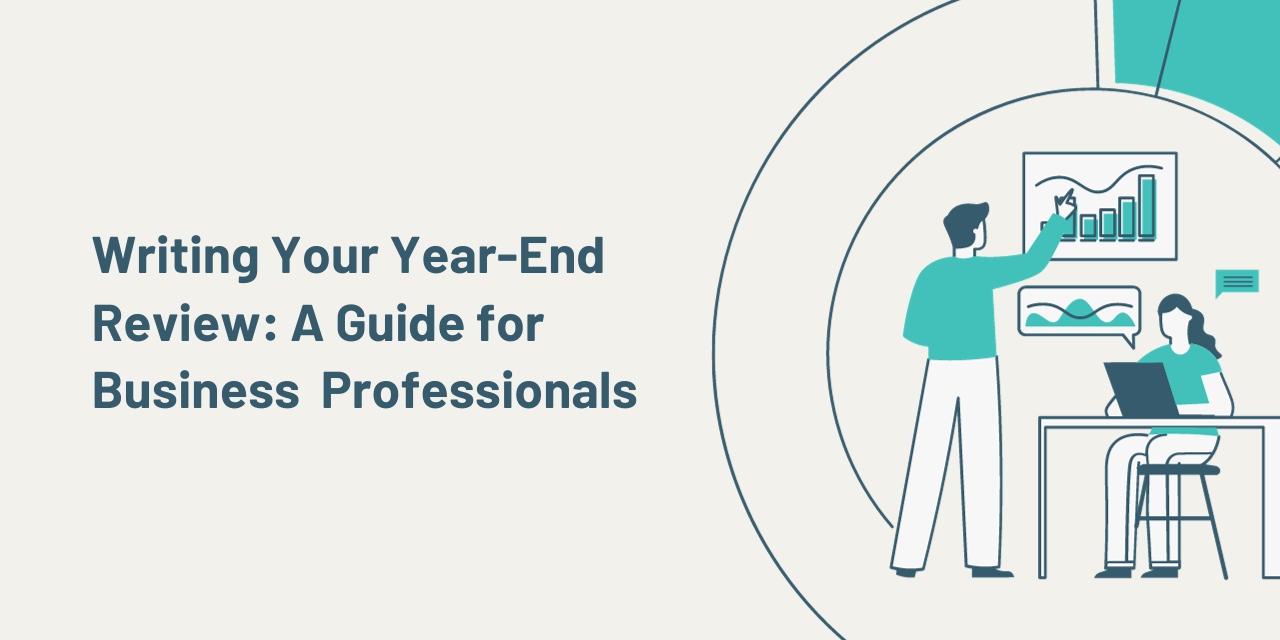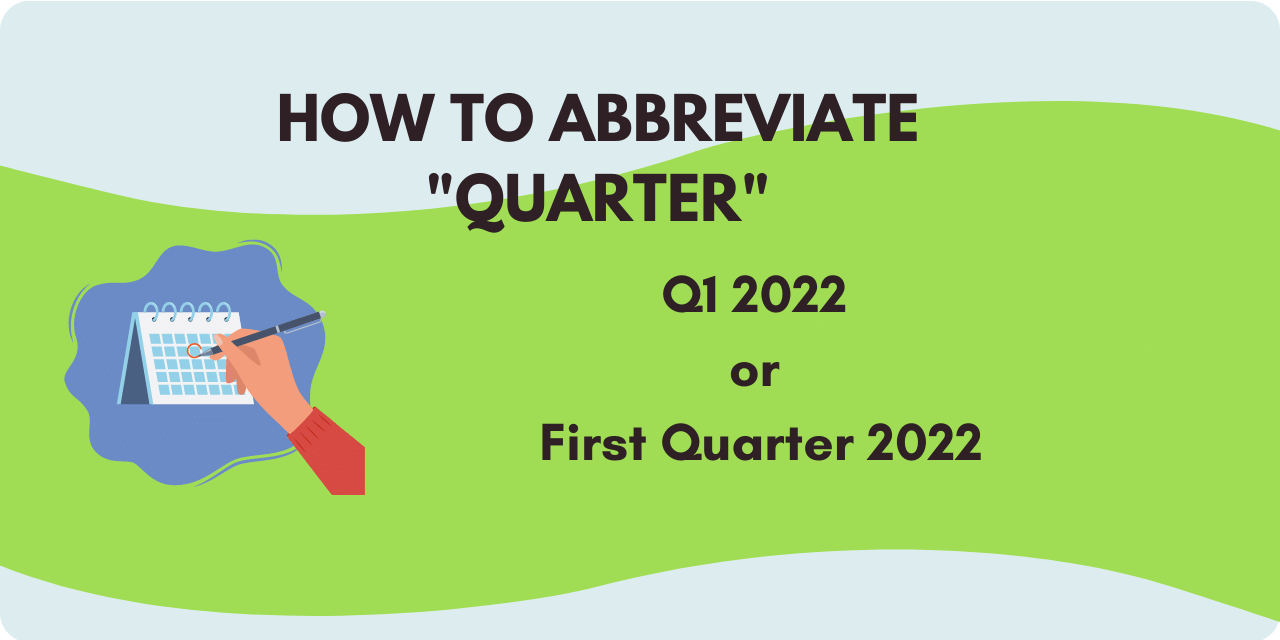When you and I don’t work efficiently, we may waste time, money, supplies, and opportunities. But imagine the waste involved when the Chief Operating Officer (COO) and other executives at “C-level” work inefficiently.
Beyond the cost of their time, executive inefficiency can rock an entire organization. Forgotten commitments, delayed decisions, unavailable information—these place a huge burden on a company.
As writers, we affect C-level efficiency. When we send concise, well-organized documents to C-level readers, we help them understand and use information quickly. When we send them poorly conceived, rambling documents, we cut their efficiency and effectiveness.
Here are 12 ways to write well for C-level. When you finish reading them, please share your thoughts in a comment.
1. Provide an executive summary.
When you write a report or a similar document, state the primary message at the beginning. Do not state simply what is to come, as in “This report presents research that will . . . .” Instead, state conclusions: “Extensive research demonstrates that . . . .”
An opening summary gives C-level readers a key to quickly understand the information you will present. My blog post “Write Better Executive Summaries” can help you.
2. Provide only the information they need.
Your C-level readers do not need to know enough to do your job. They need only enough to do their jobs. Do not share background, history, and detailed data when your readers need just the core message.
To determine how much to include, imagine that you are meeting with the individual. For example, would the Chief Technology Officer (CTO) ask for details about your three months of research? Or would the CTO ask, “What do you recommend and why?” Remember that C-level individuals typically focus on profits, market share, strategy, competition, efficiencies, tax savings, and operating within the law.
3. Summarize.
People at C-level need the big picture, not fine details. Therefore, summarize meetings and conversations. For example, if you are reporting on a meeting with a customer, do not report “He said this” and “I responded that” or “She asked about pricing, and I told her . . . .” Report specific agreements, outcomes, and action items but not all the details that led to them.
4. Write so that your information can be passed on verbatim.
Your C-level reader may need to pass on your information to others at the executive table. Write for those pass-it-on readers, and your executive will be more efficient.
For example, rather than stating “Chris at XYZ says we ought to team up to gain design efficiencies,” write “Chris Bloom, VP of Leadership Development at XYZ Company, wants to explore partnering with us in the program design phase.”
5. Don’t just report. Analyze, synthesize, and recommend.
Whenever you can add value, add it. In a recommendation, for example, if some options are not feasible, eliminate them rather than wasting time describing them. If one choice is outstanding, say so emphatically.
Rather than passing on a white paper or article “FYI,” read it yourself and summarize the essential points.
6. Provide descriptive headings.
Headings focus your readers on the information they need. Generic headings such as “Test Results” and “Recommendation” are useful. But descriptive headings speed understanding. They include content, such as “Test Results: 20-Page Catalog Ups Sales by 4 Percent” and “Recommendation: Invest in the ACE E-Learning Aid.”
7. Clearly state when action is required.
Even C-level individuals need to be told what to do by when. If your reader must approve a contract change or authorize an expense, say so clearly. Point out any deadlines and incentives that require prompt action.
8. Write skimmable documents.
Use bullet points, lists, and short paragraphs. Your C-level reader is indeed capable of comprehending lengthy paragraphs and complex sentences. However, it is easier for everyone to retrieve information when content is rendered in short chunks.
9. Include links to more information.
Provide links rather than large chunks of information. Links allow your readers to click when they want more information rather than wading through large amounts they don’t want. Provide charts and graphs as attachments, appendices, or links rather than lengthening your report.
10. Watch your jargon and abbreviations.
It is fine to use abbreviations that everyone in your company recognizes, such as DC for Distribution Center and LOB for line of business. But be careful about jargon and abbreviations that only technical experts know. If your C-level reader doesn’t recognize Lucidchart or skeuomorphism, he or she will be vexed by your inability to communicate rather than impressed by your expertise.
11. Use plain English.
The Chief Medical Officer (CMO) may have an M.D. and a Ph.D., but those degrees do not mandate the use of complex, sophisticated language. When writing for executives, use begin rather than commence; use explain rather than explicate. Plain English is easier for everyone to read, understand, and act on.
12. Don’t drown the executive in email.
As the head of a function or division, your senior executive may receive hundreds of emails daily. To avoid drowning him or her (or an executive assistant), send only must-have messages. Before copying a senior executive on email you send, ask yourself whether the person must have it. If the answer is no, don’t send the copy.
Like anyone else, C-level readers need the four Cs: clarity, conciseness, completeness, and courtesy. At their level, a fifth C applies as well: courage. Have the courage to write directly and honestly, and you will be doing your C-level reader—and your organization—a service.
Lynn






